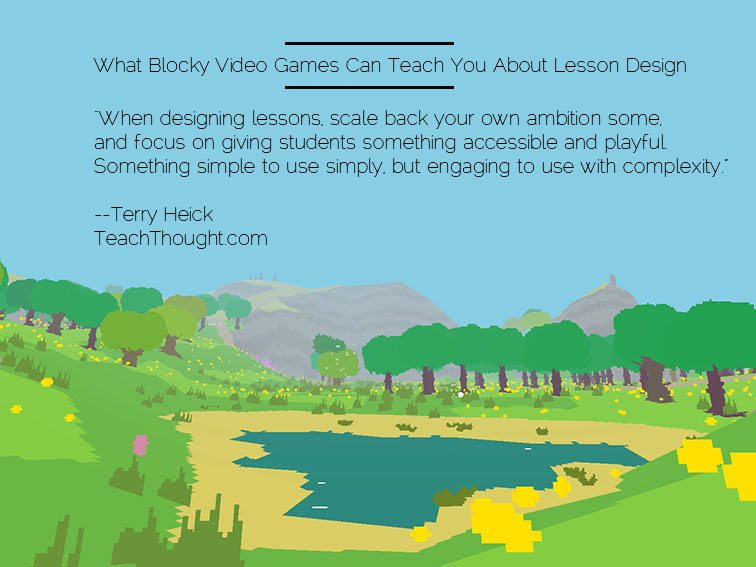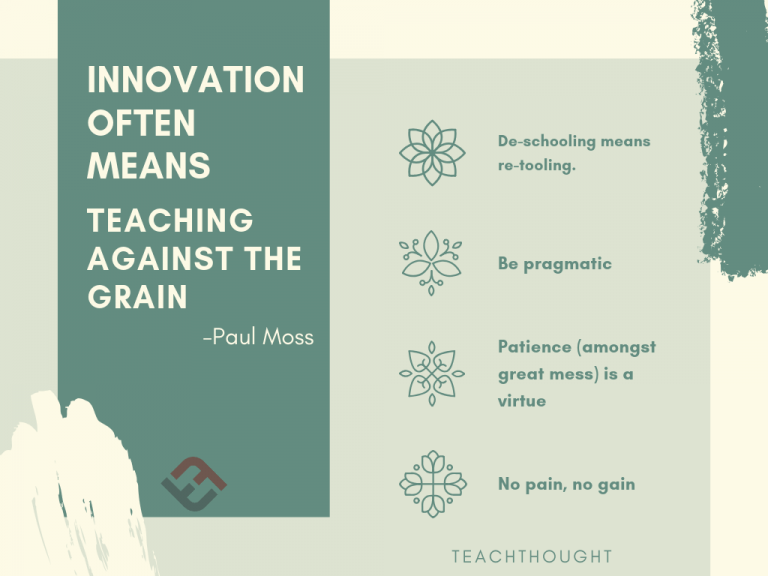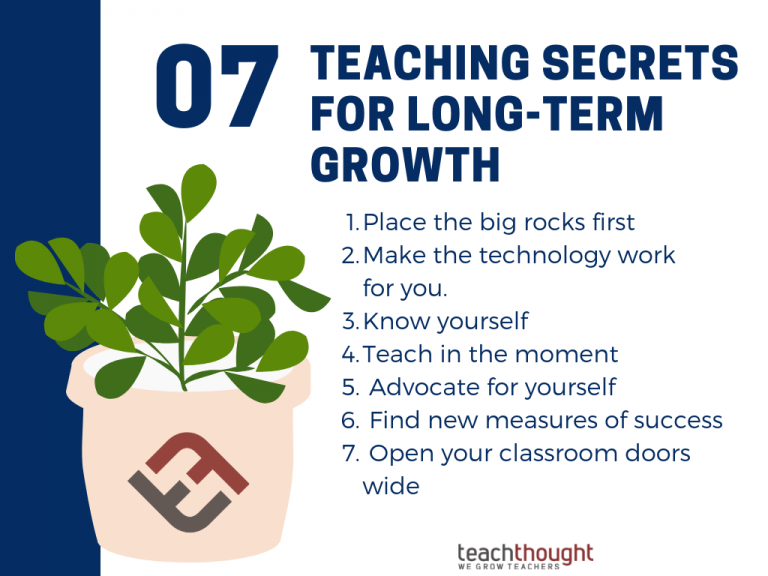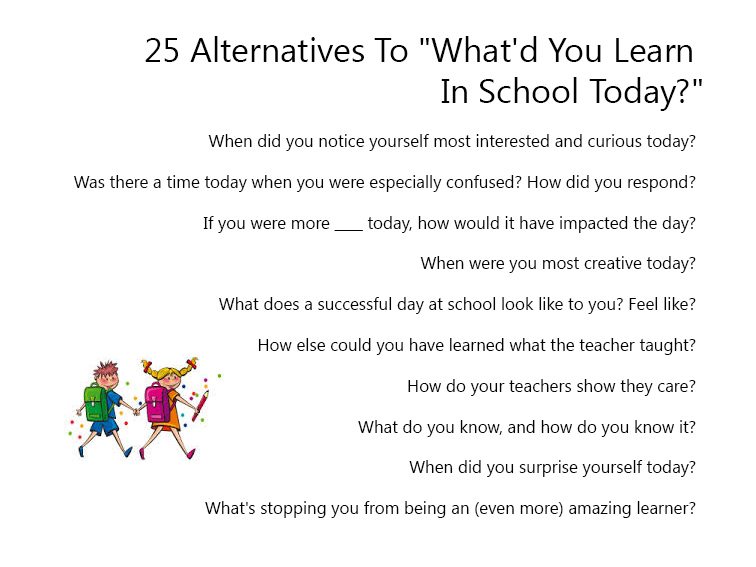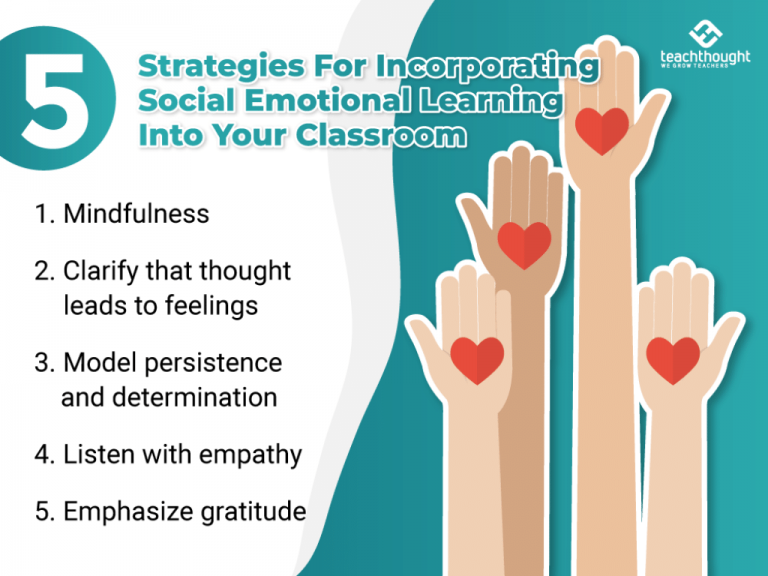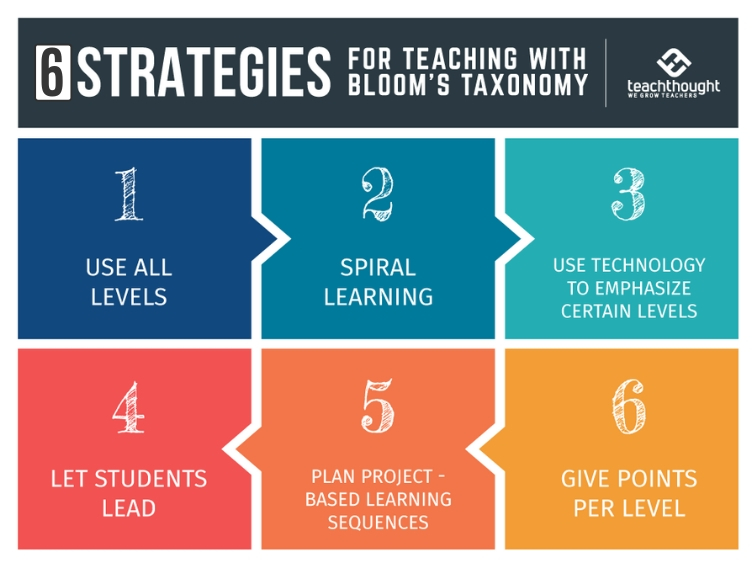5 Reasons Teaching With Video Games Makes More Sense Now Than Ever
by Paul Darvasi, ludiclearning.org
Today there are more and more instances of schools creating curricular spaces for commercial video games. Initially, a few rogue teachers slipped them in through the back door, but over the past decade more schools and districts have rolled out the red carpet. We can attribute this dramatic shift–where it has occurred–to five key factors.
1. The Technology Is More Accessible Than Ever
The indispensible requirement to implement video games in schools is hardware. If there is limited access to computers, laptops, tablets and/or mobile devices, it’s game over. In 1997, only 27% of US classrooms were connected to the Internet and the student to computer ratio was in the neighbourhood of 21 students per machine. Twelve years later, the picture was much better. By 2009, the ratio of students to computers in the classroom dropped to 5.3 to 1 and Internet access was available for 93 percent of the computers located in the classroom. Recently, states like Maine and California have funded initiatives to provide one-to-one access to laptops and tablets for their students. Some schools also supplement their infrastructure with bring your own technology (BYOT) programs.
These figures are promising, and the situation is certainly improving, but ratios vary widely from district to district and Internet access does not speak to the quality of the connectivity. High poverty schools, schools with high minority enrollment, and smaller schools are less likely to have adequate computer and Internet access. Despite this, improved access to hardware has created more favorable conditions for the wider implementation of video games in classrooms.
2. You Or Someone You Love Is Probably A Gamer
There is now a generation of active teachers who were raised on video games. The average age of a gamer is reported to be between 30 – 35 years old, and they have been playing for about 13 years. Anecdotally, any 10 year-old that played on the immensely popular Atari 2600 in the late 70’s and early 80’s would be in their 40’s today. This puts a legion of active teachers squarely in gamer territory, which means they are comfortable with video game culture and conventions, and are more likely to use them in their classes.
Gamer teachers are willing and able to experiment with dedicated educational games as well as commercial off-the-shelf games (COTS), even if they have to be massaged and modified to fit their curricular goals. There are now many examples of commercially successful games being adapted to classroom use, including Spore, Little Big Planet and SimCity. These games don’t progress on an economy of headshots and kill streaks. Rather, they engage with mechanics that promote socialization, creativity, design, critical thinking and problem solving. Other examples include Sid Meier’s Civilization and Assassin’s Creed to teach history, World of Warcraft for math, writing and second language instruction, Portal for learning STEM and Minecraft to teach, well, just about everything.
3. Video Games Have Matured
As video games become more deeply entrenched in mainstream society, academics have taken notice. Research in areas as diverse as brain science, economics, sociology and art history, to name a few, has focused on the video game phenomenon. Few academic fields have been more invested in studying video games than education. Because of their hold on youth culture, studies into the possible educational uses and benefits of video games have exploded over the last decade. MIT’s Game Lab and Education Arcade and the University of Wisconsin-Madison’s Games Learning Society Center are leading examples of dedicated educational game programs popping up in colleges and universities around the world. Research is a critical component, as it helps teachers, schools and boards validate video games in their classrooms.
4. They Are Powerful Engagement Agents
Educational or not, there is little doubt that well-designed games are engaging, a key component that is attracting the attention of educators and academics. Even before these heady days of Internet, high caliber video games and social media, it was not unusual for restless students to watch the clock hand crawl from one minute notch to the next. Today, the problem is further aggravated by the widening gap between the highly stimulating digital universe and the analog monotony of many classrooms.
Disengaged learners are fruitlessly coerced to “work hard” and study, but they’d much rather be in front of their screens collecting Minecraft resources, or grinding on some grassy plain in Azeroth. They inhabit rich audio-visual environments where they are self-motivated to collaborate, explore, problem solve and practice endlessly to master diverse tasks. This certainly seems more appealing than the comparatively glum world of rows, handouts and schedules, which works for some, but not for all. In a classic case of if you can’t beat ‘em, join ‘em, a growing number of educators have raised the white flag and have started to explore how to leverage video games to engage their students.
5. The Ecology Has Improved
Now that there’s tech infrastructure to support games and a willing educational culture, the money has shown up. There was a time when educational games were bad business, but now learning games have burgeoned into a $1.5 billion dollar market, with a projected growth of $2.3 billion by 2017. This is attracting droves of developers to the education game market, including Atari co-founder Nolan Bushnell’s BrainRush that promises to make learning as addictive as video games.
A variety of game-based initiatives have also been generously funded by non-profits like The MacArthur Foundation and The Bill & Melinda Gates Foundation. They’ve given rise to organizations and educational game portals like GlassLab, Institute of Play, Learning Games Network, Playful Learning, Games for Change and Gamedesk. These institutes and companies design and curate educational games and act as bridges to connect teachers with the right games for their curriculum. Non-profits have also helped fund charter schools whose entire curriculum revolves around game-based learning. Leading examples are Quest to Learn in New York City and the Playmaker School in Los Angeles.
As we push further into the 21st Century, don’t be surprised to see video games and digital simulations become classroom standards.
5 Reasons Teaching With Video Games Makes More Sense Now Than Ever
